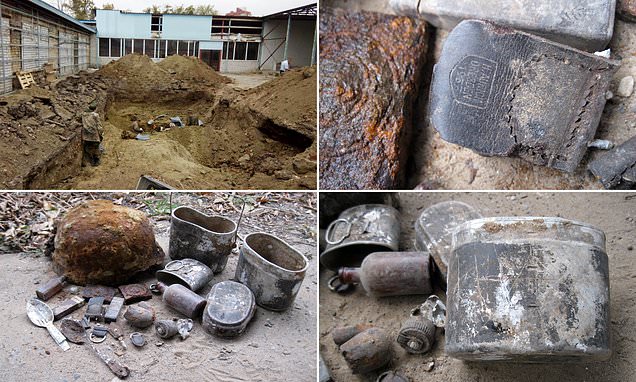A mass grave containing the remains of almost 2,000 German soldiers and their horses was uncovered by workmen laying a new pipeline in Volgograd (formerly Stalingrad).
At the beginning of October 2018, the German War Grave Commission reported the discovery of 800 bodies. Following further excavations by military archaeologists, that figure has risen to a staggering 1,837.
It is not unusual for mass graves to be uncovered in the city, the site of the bloodiest battle of World War Two. On average, three to four are found every year. Mass graves were a common way to dispose of the huge numbers of dead soldiers from either side.
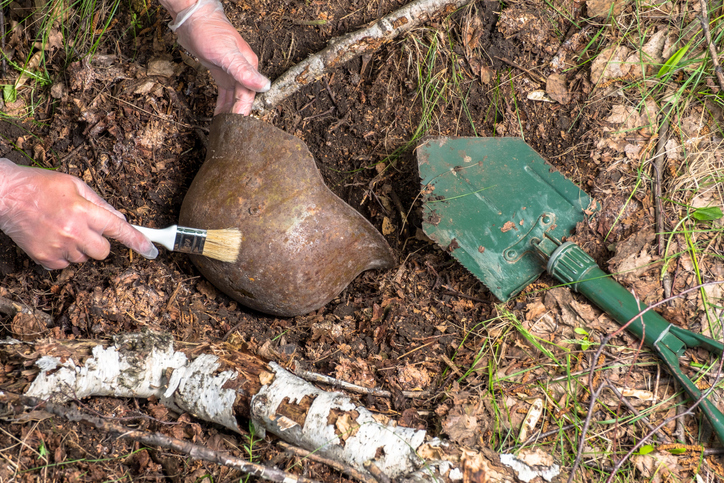
An estimated two million people perished in the city before German Field Marshal Friedrich Paulus defied Hitler’s orders and surrendered to the Red Army.
When the Germans turned on Russia and invaded in 1941, the rest of the world looked on gloomily as Hitler’s seemingly invincible army began its march.
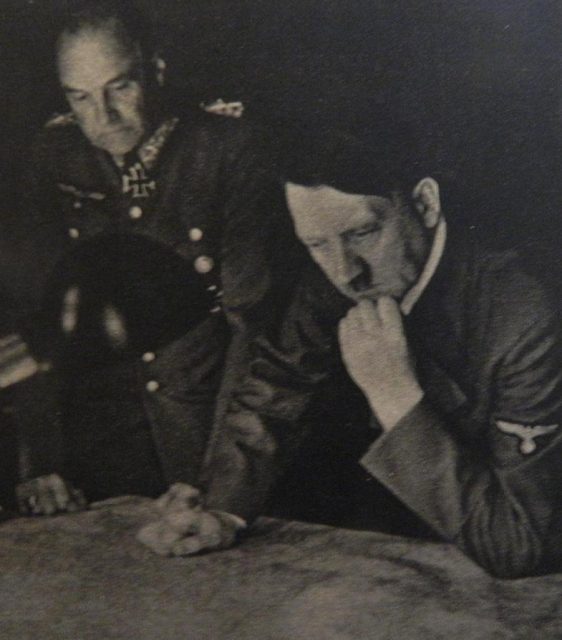
After recent successes in the Balkans, Germany had become Europe’s pre-eminent military power. It was a foregone conclusion that the half-starved, isolated state of Britain would fall soon after a Soviet defeat.
However, against the advice of his top military advisors, the Führer decided to attack Stalingrad. It was not a strategic necessity — the oilfields on the Caucasus would have been a better prize and would have weakened Russia further.
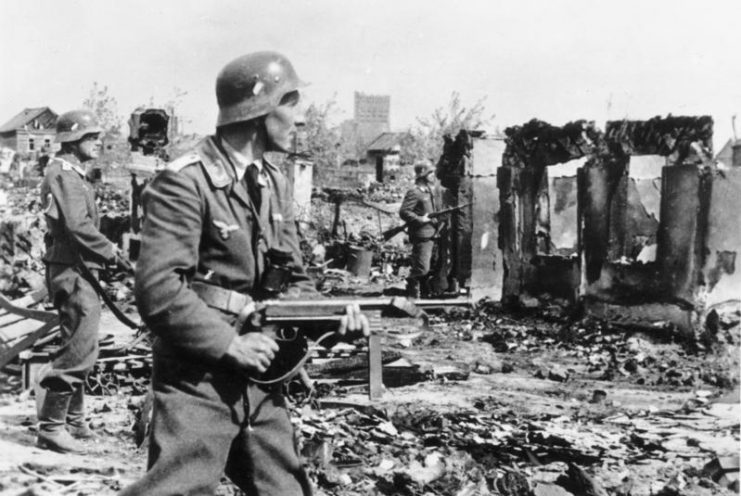
For his part, Stalin ordered the city be defended to the death. The Red Army was not to take a step back.
In the first few days alone, more people were killed in Stalingrad than had died during the Blitz in London.
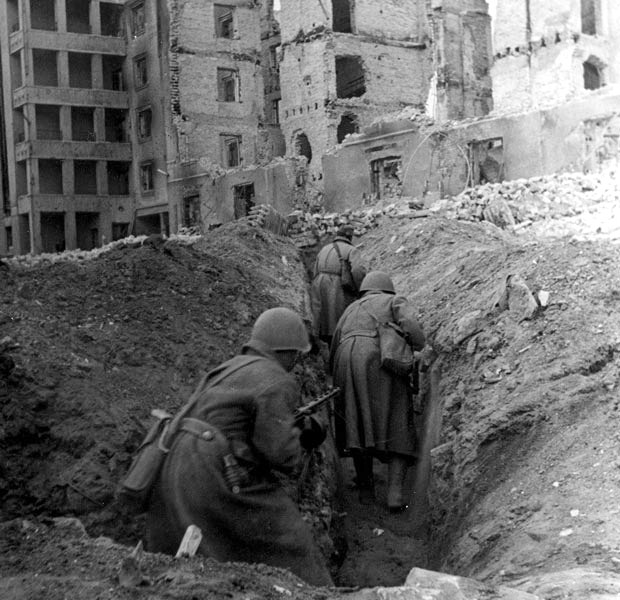
After the battle, the dead were piled into pits, craters, and gorges around the ruined districts of Stalingrad. Spring was approaching, and the Red Army feared an epidemic could kill thousands more.
Soldiers were buried with their horses, their personal effects still tucked in their pockets. Drinking bottles, keys, belt clips, and other pieces of Wehrmacht equipment have all been uncovered.
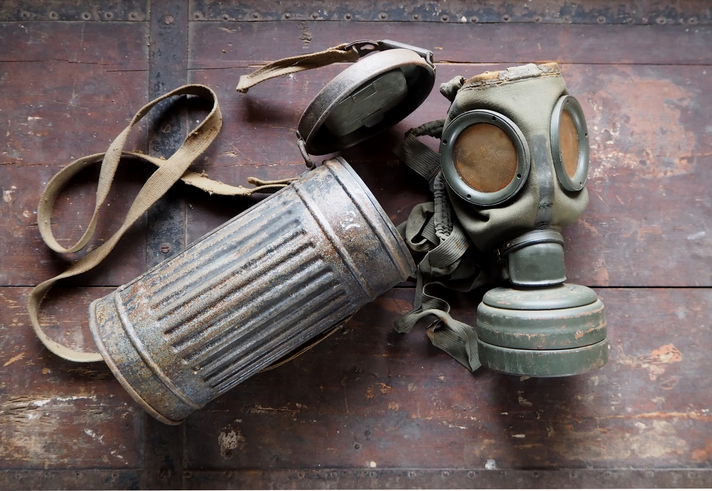
Identification tags have been unearthed which will also help the Commission to identify any surviving relatives or descendants so the Commission can then inform them of what became of their grandfather or great-uncle.
A spokesman confirmed that knowing the fate of a missing soldier and learning of the burial details is very important to the relatives.
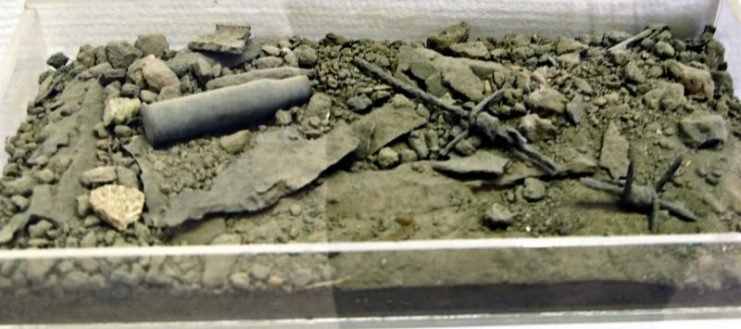
This site is remarkable because of its size. The pit is 430 feet (131 meters) deep, 23 feet (7 meters) wide, and 7 feet (2 meters) deep.
The excavation is now complete, and it is expected that the soldiers will be reburied. It is likely that they will be transferred to the military cemetery at Rossoschka which contains both Russian and German dead.
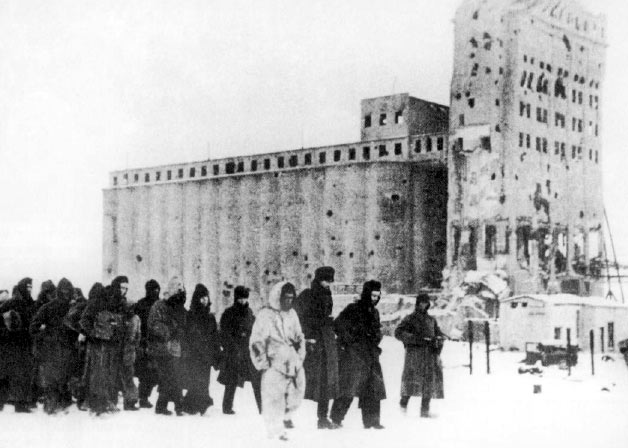
However, even 75 years on there is still resentment among Red Army veterans who are opposed to any sort of commemoration for their former enemies.
Mikhail Borisov, a Soviet veteran said, “Germans seized vast tracts of our country and killed or enslaved millions of our people. There should not be any memorials to them on our land.”
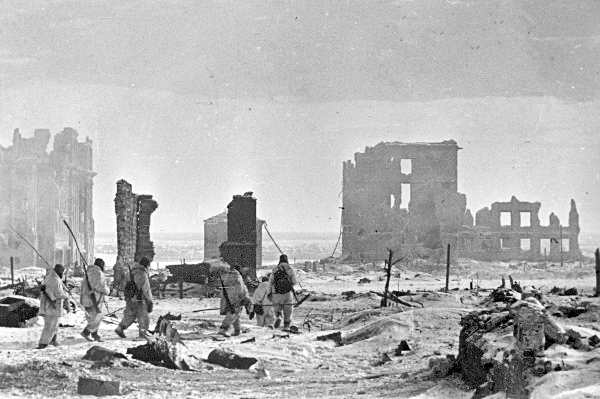
Since the end of the Cold War, the German charity Volksbund has reinterred 910,293 war casualties in 83 War Cemeteries in Central, Eastern, and South-Eastern Europe. Every year they receive, on average, upwards of 35,000 inquiries as to the ultimate fate of those missing in action.
On its website, Volksbund has information regarding the location of more than five million war dead, and the public can search the database for free. More than 100,000 people a year, from all over the world, make use of this online facility.
At the end of the Battle of Stalingrad the German Army had lost more than a quarter of its resource in terms of fighting men, artillery, and ordnance. It marked a turning point in the war for the Third Reich, which found it was no longer invincible.
